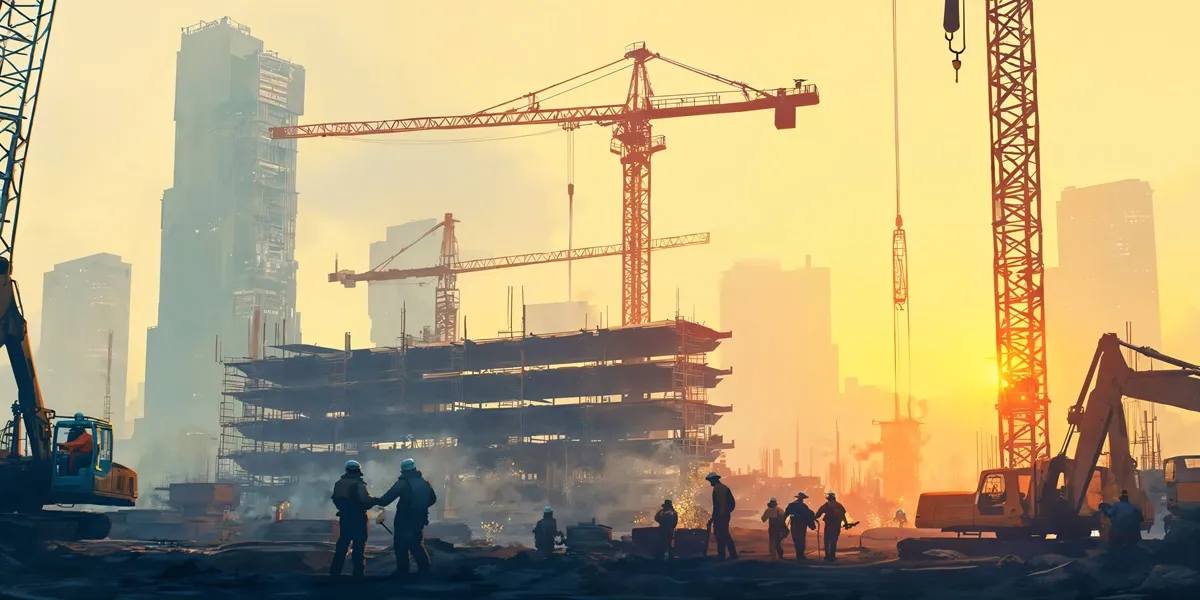Every project is unique and has its own challenges, which result in delays and cost overruns. Some typical reasons encountered are delays in land acquisition and/or land transfer for project execution; statutory approvals such as environmental compliances, forest clearances and coastal zone clearances; and project funding constraints.
In addition to the typical reasons, as India starts implementing mega projects, Jai Prakash Shivahare, Managing Director, Dholera Industrial City Development Company (DICDL), shares some of the less talked about but still quite common reasons that result in delays: “Unrealistic expectations of project timelines, which get mandated in the contract; delays in invoice payments by owners; contractors not adequately understanding or prepared for the bid; and lack of use of internationally accepted contractual standards such as FIDIC (which is especially important in international tenders).”
For his part, the only reason for delay Sunil Srivastava, Managing Director, BARSYL, quotes is “bad planning, be it timelines, money, manpower, etc.” Bad planning starts with undercutting budgets to get the plan approved.
Meanwhile, Devendra Jain, Executive Director and CEO, Dilip Buildcon, views project delays from two perspectives: That of the company or contractors, and that of the client (government agencies). “There are external scenarios such as compensation to land owners, arbitration over ownership of land and impediments despite 80-90 per cent of the land being in place,” he points out. Jain drives the point that if contractors have the capacity and ability to commission the project on time, the government should support them by putting permissions in place. He adds, “At times, when in-house project engineers or independent agencies identify some discrepancies, government agencies take time in amending suggested changes.”
Yogesh Jain, Managing Director, PNC Infratech, lays emphasis on, “delay in shifting of utilities and securing forest clearances for either diversion or tree cutting also contribute to considerable delays.”
And, though HAM has proved to be a successful model to date, Devendra Jain adds, “PSU banks are reluctant to fund these projects. While banks have their own NPA issues to sort out, they are unable to provide the required funding for working capital.”
With regard to funding, Dr Ritesh Chandrashekar Tiwari, Director-Highways & Structures, Egis India, says, “Lack of clarity leads to conflict and lack of funds. And, in some way, both are intertwined. There is a lack of central planning for cities, which can look at long-term plans, say for the next 50 years, and then start allocating funds and resources.” Once this is in place, the implementing bodies could be empowered to take on day-to-day operations to complete the project.
In the view of Sandeep Upadhyay, Managing Director & CEO, Centrum Infrastructure Advisory, financial stress is something that actually has to circle back with the model of the government. “We are definitely better on the policy side but issues of land acquisition, approvals and clearances have been languishing for the past four to five years. This will result in immense financial stress for the contractors.”
Adding to the list, Dr A Sivathanu Pillai, President, Project Management Associates India, says: “There is lack of review and corrective system. Also, project management methods and techniques are not used. Project managers are identified on the basis of their functional/engineering experience and qualification, which may not have any correlation with their competence levels of successfully managing projects.” Weighing in, Jagdish Salgaonkar, Senior Vice President-Major Programmes, Aecom, says, “We lack accurate technology to execute the projects. Because labour is not expensive, we avoid the machines that could easily expedite the schedule.”
And, RK Pandey, Member-Projects, National Highways Authority of India (NHAI), affirms, “While there are many issues pertaining to project delays, NHAI has taken a stand whereby we will award the project only if we acquire 90 per cent right of way. That is why we have awarded fewer projects during the year. Recently, we have also modified the documents for land acquisition and contractual terms.”
SHRIYAL SETHUMADHAVAN and RAHUL KAMAT




















